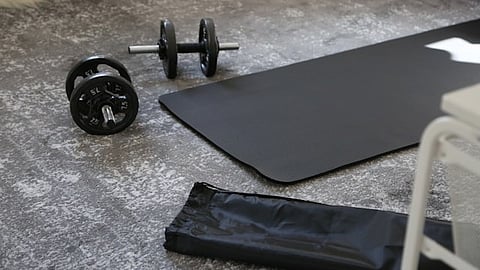The trajectory of home gyms suggests that the future will bring even more integration of technology, efficiency, and personalization. Artificial intelligence is poised to refine training experiences by offering adaptive workouts that evolve with a user’s progress. Equipment that adjusts resistance automatically, tracks recovery, and suggests nutritional guidance will likely become standard.
Sustainability will also play a key role. As environmental awareness grows, the demand for eco-friendly equipment made from durable, recyclable materials will rise. Energy-generating machines that convert workouts into usable power are already being tested, pointing toward a future where fitness contributes to both health and environmental responsibility.
The journey of home gyms, from dusty dumbbells tucked away in basements to sophisticated, multifunctional setups, highlights how deeply fitness has become ingrained in modern life. What was once an afterthought is now a carefully curated experience that blends technology, functionality, and personal design. Home gyms today represent more than just convenience—they symbolize the evolving relationship between people and health. The spaces reflect not only physical progress but also cultural values of efficiency, adaptability, and wellness.
MBT pg


